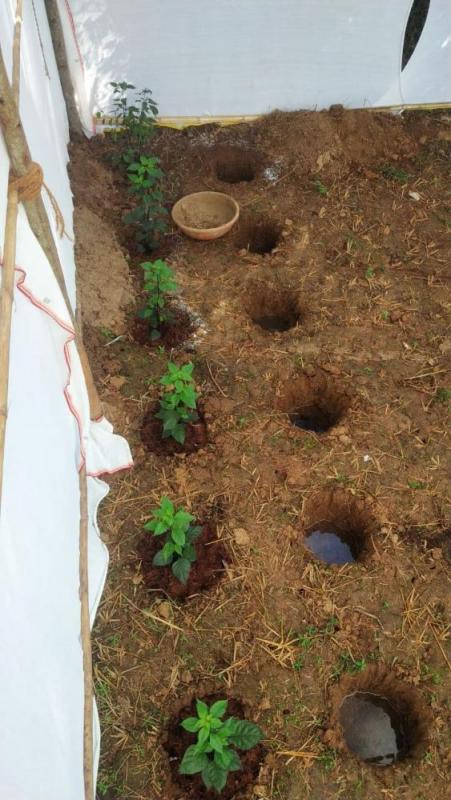Hello Everyone,
I plan on growing Trinidad Scorpions in India next month onwards. I have a few questions and was would really appreciate if someone here could help a newbie out!! so here goes:
1. I plan on germinating in december in India. The average daytime high is around 84 degrees for december, and the low is around 50 degrees at night. Similarly, the averages high for january is around 80 degrees with lows around the 50s again. My question here is, would it be ok if i germinated indoors on a window sill and then transplanted out into the soil by say february when the average high will be around 87 and lows in the low 60's?
2. The summer months in India, march, April and May see the average day temperatures rise to an average of 98 degrees and night temperatures around 68 degrees. I am assuming i would need to provide my plants with some sort of shade cloth at the peak of summer. again, is that correct or do they not need that?
3. July onward we get the monsoons in india. I was wondering if having moderate to heavy rainfall and cloud cover for a week at a time might cause any major issues like splitting on the pods ( i imagine, i would have some by this point). is this correct? how can i avoid this in plants that are planted into the ground directly other than having soil that drains well?
I have had some experience growing Bhuts in india but that was purely a have seed throw seed and hope for the best effort that resulted in a lot of peppers. I actually want to grow the morugas with a lot more effort on my part.
I really do appreciate any help that you guys can give me with tips and ideas!!
I plan on growing Trinidad Scorpions in India next month onwards. I have a few questions and was would really appreciate if someone here could help a newbie out!! so here goes:
1. I plan on germinating in december in India. The average daytime high is around 84 degrees for december, and the low is around 50 degrees at night. Similarly, the averages high for january is around 80 degrees with lows around the 50s again. My question here is, would it be ok if i germinated indoors on a window sill and then transplanted out into the soil by say february when the average high will be around 87 and lows in the low 60's?
2. The summer months in India, march, April and May see the average day temperatures rise to an average of 98 degrees and night temperatures around 68 degrees. I am assuming i would need to provide my plants with some sort of shade cloth at the peak of summer. again, is that correct or do they not need that?
3. July onward we get the monsoons in india. I was wondering if having moderate to heavy rainfall and cloud cover for a week at a time might cause any major issues like splitting on the pods ( i imagine, i would have some by this point). is this correct? how can i avoid this in plants that are planted into the ground directly other than having soil that drains well?
I have had some experience growing Bhuts in india but that was purely a have seed throw seed and hope for the best effort that resulted in a lot of peppers. I actually want to grow the morugas with a lot more effort on my part.
I really do appreciate any help that you guys can give me with tips and ideas!!



